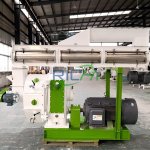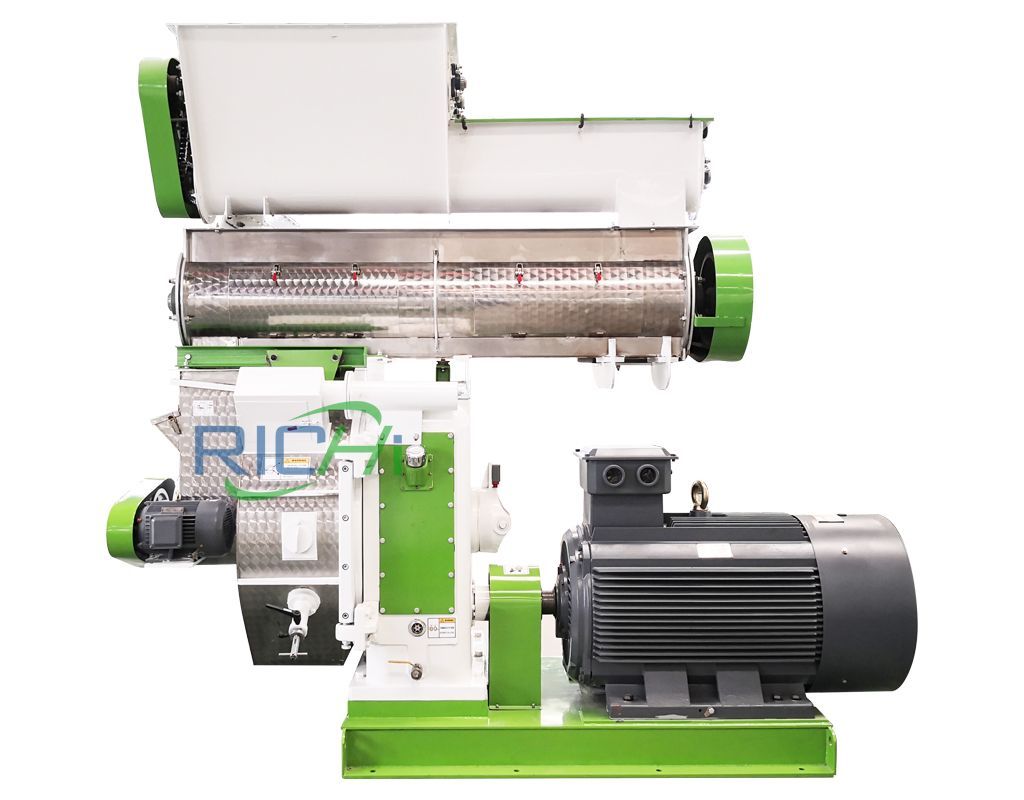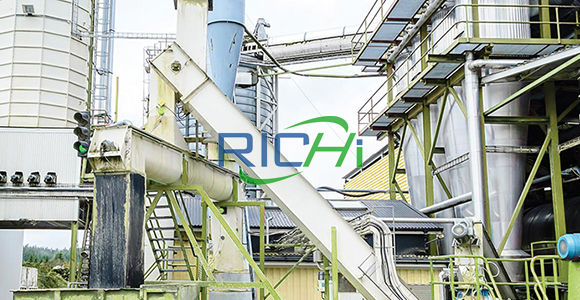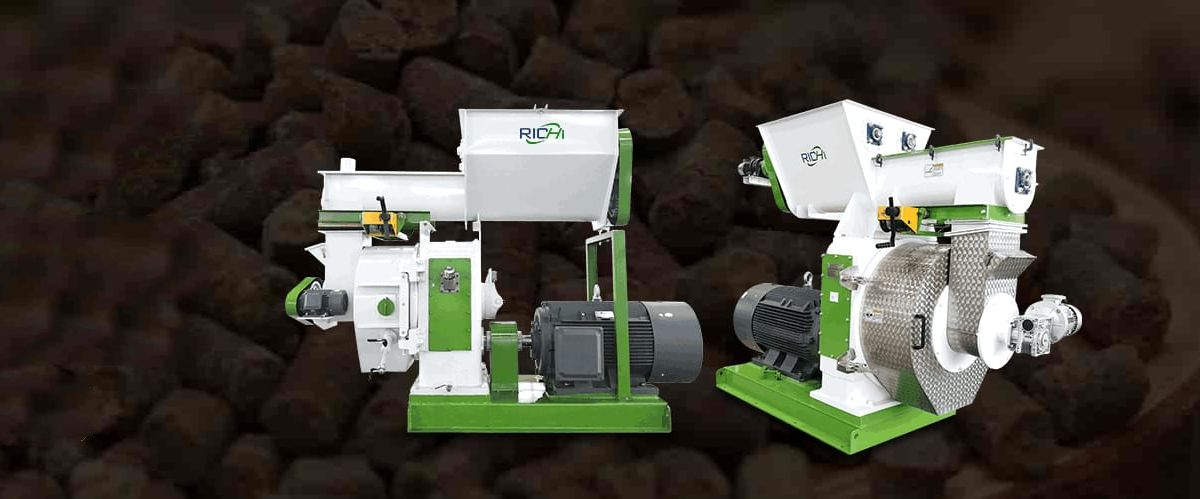The Hay Pellet Machine, despite its name, is a versatile piece of equipment capable of processing a wide variety of materials into pellets. While primarily designed for hay, these machines can handle numerous types of biomass and agricultural residues. This article explores the range of materials that can be effectively pelletized using a Hay Pellet Machine, highlighting its versatility and potential applications in various industries.
- Hay Pellets
As the name suggests, the primary material processed by this machine is hay:
- Various types of grass hay
- Alfalfa hay
- Mixed hay varieties
Hay pellets are commonly used as animal feed, particularly for livestock such as cattle, horses, and rabbits. They offer improved storage, transportation, and feeding efficiency compared to loose hay.
- Straw Pellets
Similar to hay, straw from various crops can be effectively pelletized:
- Wheat straw
- Rice straw
- Barley straw
- Oat straw
Straw pellets have multiple uses, including animal bedding, biomass fuel, and as a raw material for various industrial processes. (Related post: Grass Pellet Machine)
- Grass Pellets
Different types of grass can be processed into pellets:
- Lawn clippings
- Pasture grass
- Switchgrass
- Miscanthus
Grass pellets are used for animal feed, biofuel, and as organic fertilizer or soil amendment.
- Alfalfa Pellets
While technically a type of hay, alfalfa deserves special mention due to its high nutritional value:
- Pure alfalfa pellets
- Alfalfa mixed with other forages
Alfalfa pellets are prized in the livestock industry for their high protein content and digestibility.
- Corn Stalk Pellets
Agricultural residues from corn production can be pelletized:
- Corn stalks
- Corn cobs
- Corn husks
These pellets are often used as animal bedding or as a biomass fuel source.
- Soybean Stalk Pellets
Similar to corn stalks, soybean residues can be processed:
- Soybean stalks
- Soybean pods
Soybean stalk pellets can be used as animal bedding or as a component in animal feed formulations.
- Wood Sawdust Pellets
Many Hay Pellet Machines can also process wood-based materials:
- Sawdust from various wood types
- Wood shavings
- Wood chips (when properly sized)
Wood pellets are primarily used as a renewable heating fuel but also find applications in animal bedding and industrial processes.
- Rice Husk Pellets
Rice processing byproducts can be effectively pelletized:
- Rice husks
- Rice bran
Rice husk pellets are used as biomass fuel, animal bedding, and in some industrial applications.
- Peanut Hull Pellets
Peanut processing waste can be converted into useful pellets:
- Peanut shells
- Peanut vines
These pellets can serve as animal bedding, biomass fuel, or as a component in some animal feed formulations.
- Sunflower Stalk Pellets
Residues from sunflower cultivation can be processed:
- Sunflower stalks
- Sunflower heads (after seed removal)
Sunflower stalk pellets are often used as biomass fuel or as a component in animal bedding.
- Cotton Stalk Pellets
Cotton production residues can be pelletized:
- Cotton stalks
- Cotton gin trash
These pellets find use in biomass energy production and as a soil amendment.
- Mixed Biomass Pellets
Hay Pellet Machines often allow for the mixing of different biomass materials:
- Combinations of various agricultural residues
- Mixtures of grass, straw, and wood materials
Mixed biomass pellets can be tailored for specific applications, balancing factors like energy content, ash content, and cost.
- Leaf Pellets
Fallen leaves, often considered waste, can be processed into pellets:
- Deciduous tree leaves
- Pine needles
Leaf pellets can be used as organic mulch, compost material, or as a component in some biomass fuel blends.
- Bagasse Pellets
Sugarcane processing residues can be pelletized:
- Sugarcane bagasse
Bagasse pellets are commonly used as a renewable fuel source, particularly in regions with significant sugarcane production.Advantages of Using Hay Pellet Machines for Various MaterialsThe ability of Hay Pellet Machines to process such a wide range of materials offers several advantages:
- Versatility: Operators can switch between different raw materials based on availability and market demand.
- Waste Reduction: Agricultural and industrial byproducts can be converted into valuable products.
- Value Addition: Low-value residues can be transformed into higher-value pelletized products.
- Improved Handling: Pelletization makes materials easier to store, transport, and use.
- Enhanced Efficiency: Pellets often offer improved combustion efficiency when used as fuel compared to raw biomass.
Considerations for Processing Different MaterialsWhile Hay Pellet Machines are versatile, some considerations are necessary when processing different materials:
- Moisture Content: Different materials have varying optimal moisture levels for pelletization.
- Particle Size: Some materials may require additional grinding or preprocessing.
- Binding Properties: Certain materials may require binders or additives to form stable pellets.
- Die Selection: Different materials may require specific die configurations for optimal pellet formation.
- Machine Adjustments: Settings like pressure and temperature may need adjustment for different materials.
Conclusion
The Hay Pellet Machine demonstrates remarkable versatility in its ability to process a wide range of materials into pellets. From various types of hay and agricultural residues to wood-based materials and industrial byproducts, these machines offer a flexible solution for converting biomass into more manageable and valuable forms.
This versatility makes Hay Pellet Machines valuable assets in various industries, including agriculture, animal husbandry, renewable energy, and waste management. By effectively pelletizing different materials, these machines contribute to more efficient resource utilization, waste reduction, and the creation of value-added products from what might otherwise be considered low-value or waste materials.
As the demand for sustainable practices and efficient resource utilization continues to grow, the importance of versatile processing equipment like Hay Pellet Machines is likely to increase. Their ability to handle a diverse range of input materials positions them as key tools in the ongoing transition towards more circular and sustainable economic models in agriculture and related industries.








